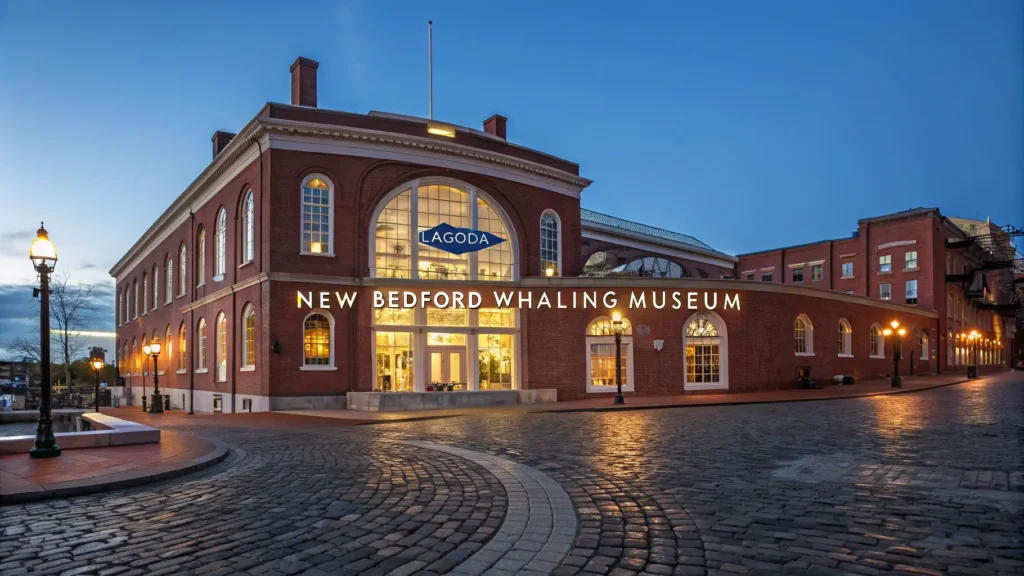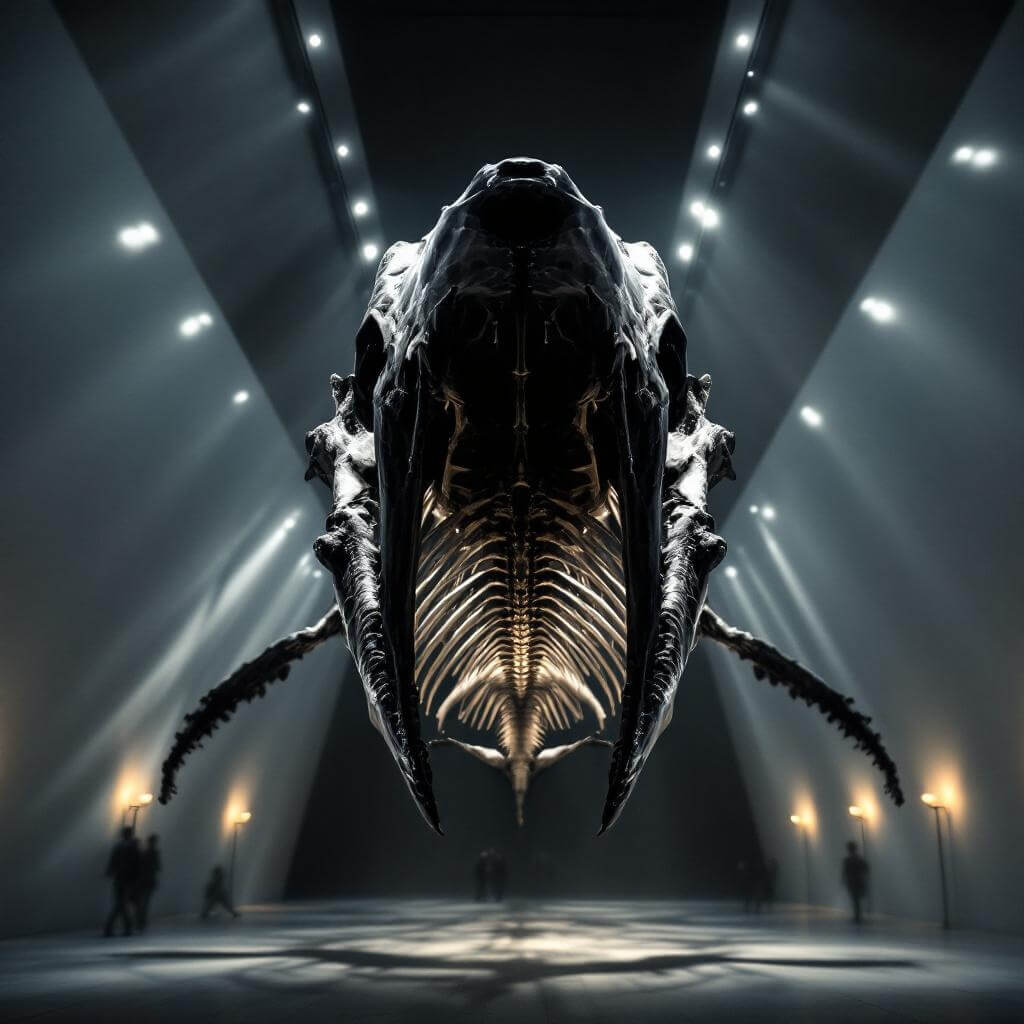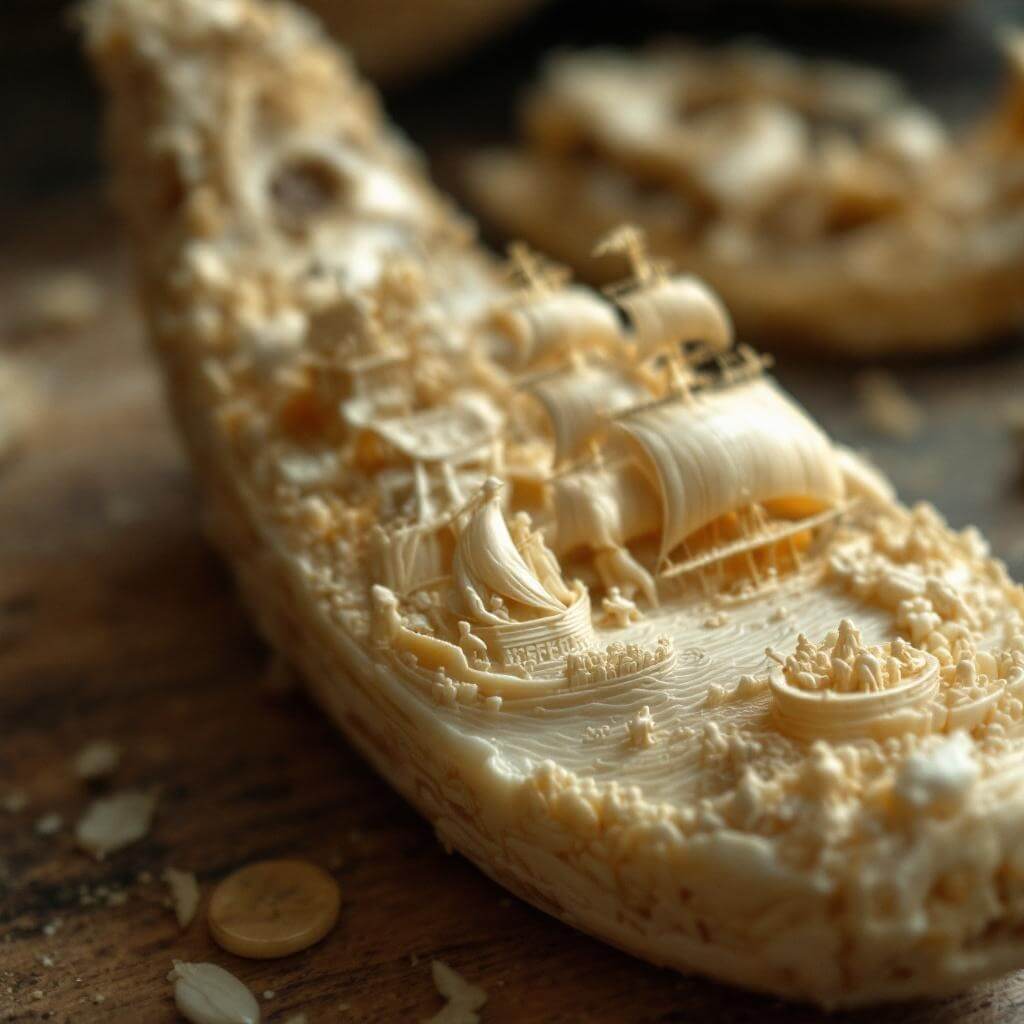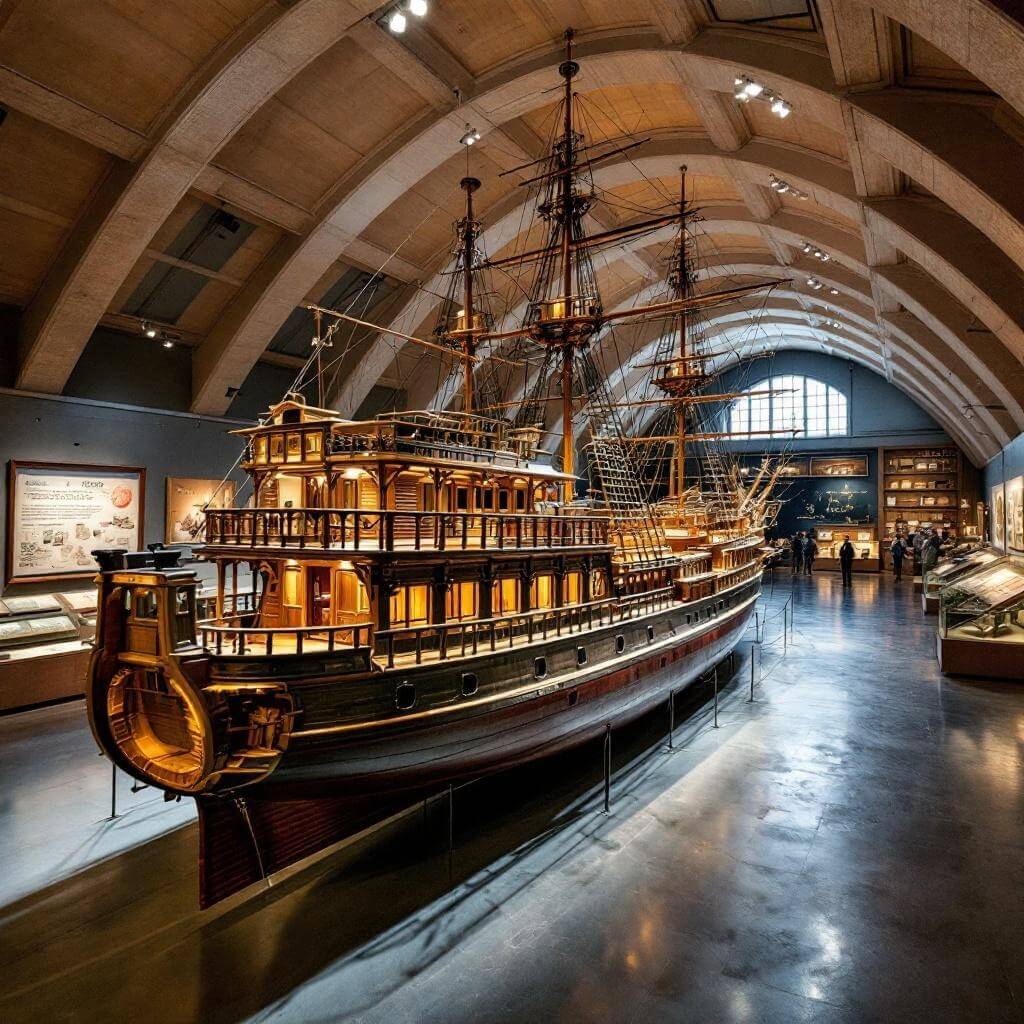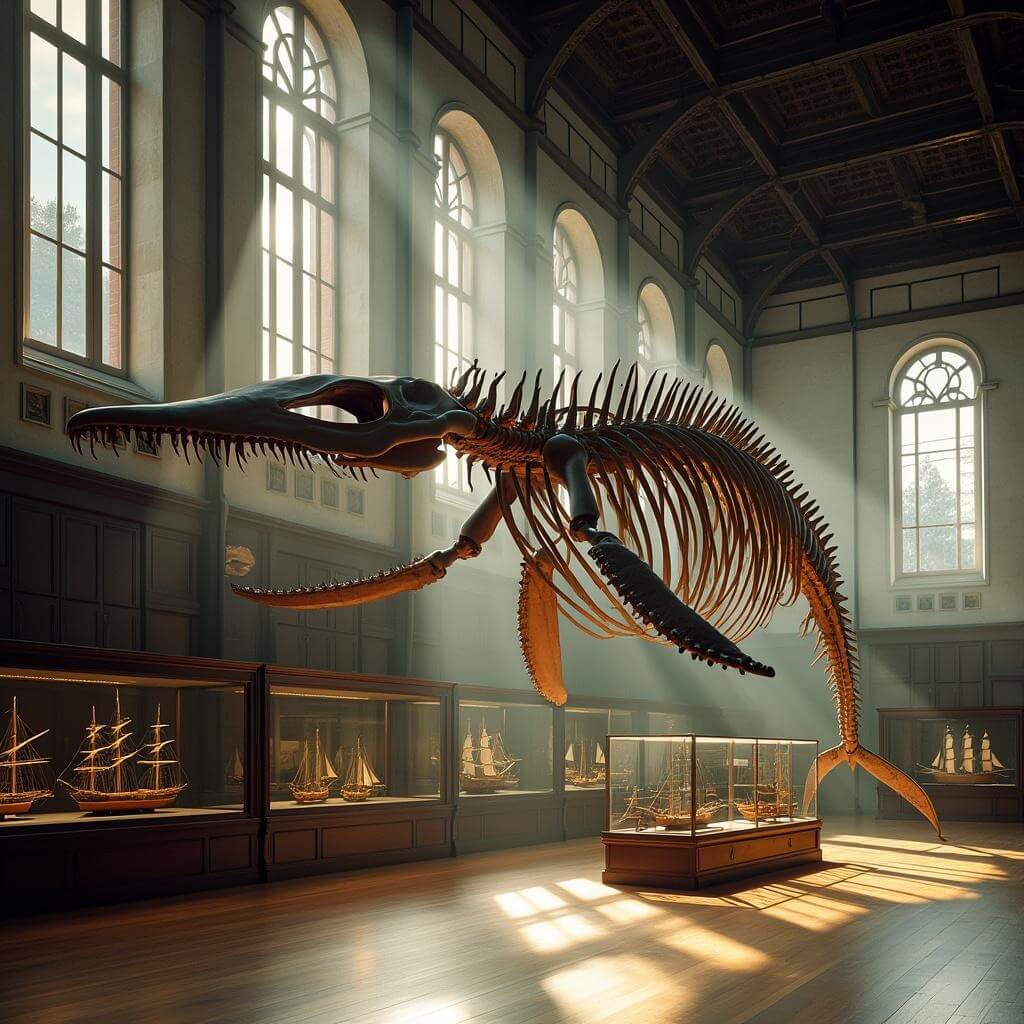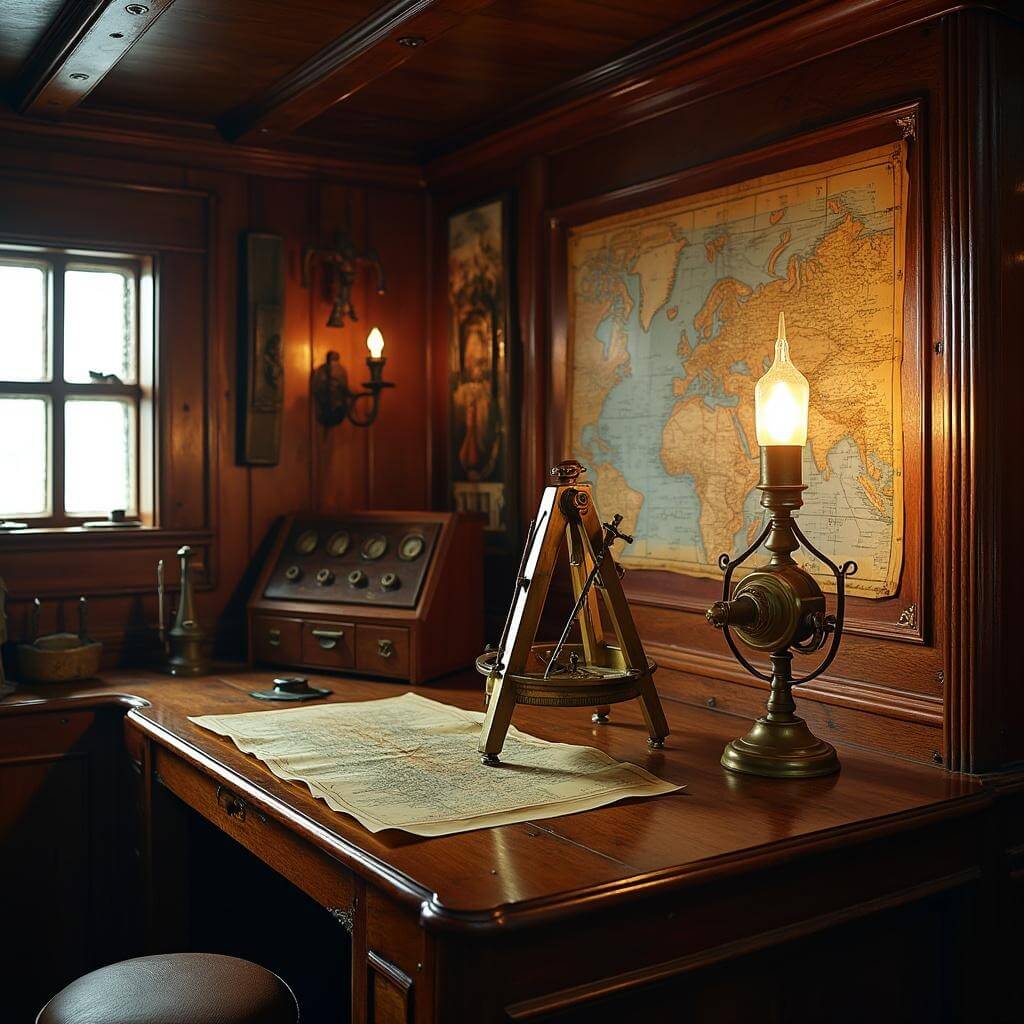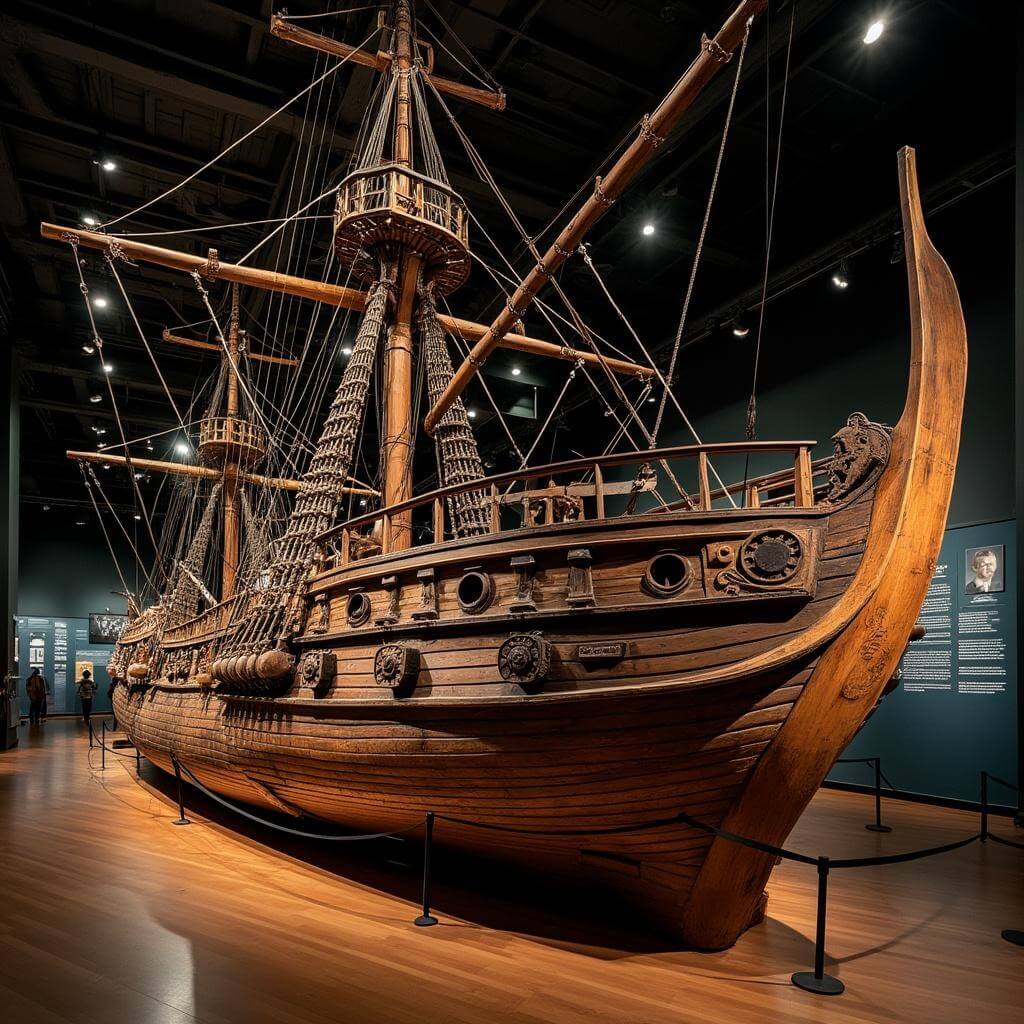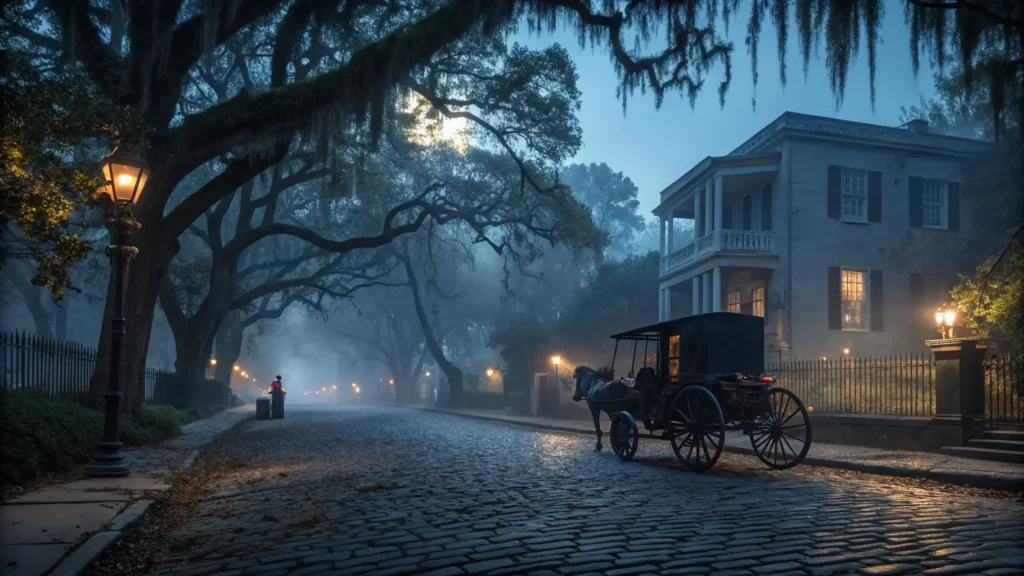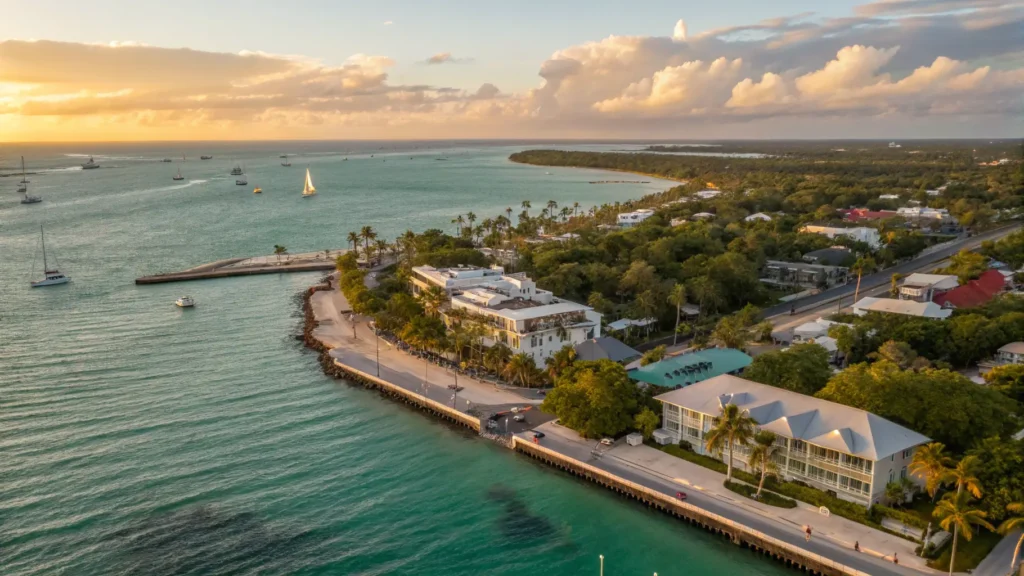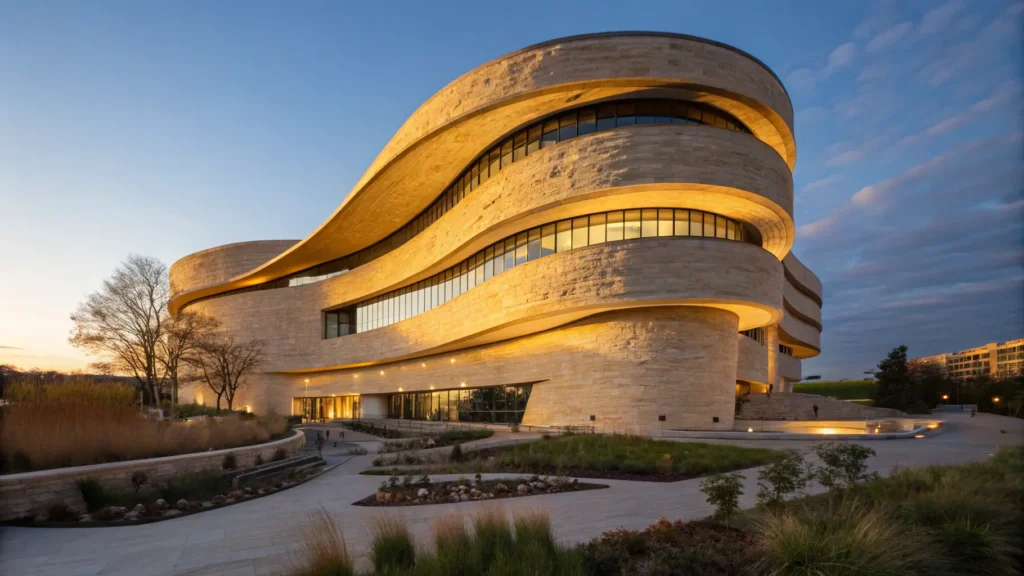Ever wondered where the heart of America’s maritime legacy beats strongest?
The New Bedford Whaling Museum isn’t just another dusty collection of maritime memorabilia. It’s a living, breathing testament to an era that shaped our nation’s economic and cultural landscape.
Nestled at 18 Johnny Cake Hill in Massachusetts, this museum stands as the largest institution in the United States dedicated to American whaling history. But it’s so much more than a museum—it’s a portal to a world of adventure, survival, and human resilience.
Why the New Bedford Whaling Museum Matters More Than You Think
Founded in 1903 by the Old Dartmouth Historical Society, this museum emerged as a passionate response to preserve the stories and artifacts of the whaling era. Imagine a time when whale oil lit the world’s cities, and New Bedford’s sailors ventured into uncharted waters, risking everything for economic survival.
The museum’s mission is profound: to ignite learning through art, history, science, and culture. It’s not just about preserving artifacts—it’s about understanding the human stories behind them.
A Collection That Will Blow Your Mind
Let me give you a peek behind the curtain. The museum houses over 750,000 items, including the world’s largest collection of scrimshaw, whaling logbooks, and journals. These aren’t just objects—they’re windows into a world most of us can barely imagine.
Key exhibits that’ll make your jaw drop:
- Massive Whale Skeletons: Life-size skeletal displays that bring these magnificent creatures into stark perspective
- The Lagoda: The world’s largest ship model—a half-scale replica of a 19th-century whaling bark
- Grand Panorama of a Whaling Voyage: A digital replica of a painting longer than the Empire State Building is tall
Personal Aside: During my first visit, I stood beneath a massive whale skeleton and felt incredibly small. The sheer scale of these creatures, combined with the intricate human stories of survival and exploration, was overwhelming.
Interactive Experiences That Bring History to Life
This isn’t your grandfather’s museum. The New Bedford Whaling Museum understands that learning happens through engagement. Interactive displays, scavenger hunts, and even a climbable whale heart model ensure that visitors—especially children—are actively participating in their learning journey.
The museum doesn’t just showcase maritime history; it celebrates the diverse communities that made this history possible. Exhibits explore immigration, abolition, and multicultural maritime experiences, offering a nuanced view of American maritime heritage.
A Campus of Historical Significance
Spanning an entire city block, the museum isn’t confined to a single building. It’s a complex of historic structures, each telling its own story—from the Bourne Building (1916) to the modern Jacob Wattles Education Center (2015).
Want to know what makes this place truly special? It’s not just about preserving the past—it’s about connecting that past to our present and future.
Conservation and Contemporary Relevance
The New Bedford Whaling Museum isn’t stuck in time. It’s actively engaged in marine mammal conservation, environmental education, and contemporary cultural programming. This isn’t just a museum—it’s a living, breathing institution committed to understanding our complex maritime heritage.
As I walked through the exhibits, I was struck by how seamlessly the museum bridges historical narrative with modern environmental consciousness. Each artifact, each display tells a story that’s not just about whaling, but about human adaptation, survival, and our evolving relationship with the natural world.
Practical Tips for Your Visit
Open daily from 9am to 5pm, the museum offers something for everyone. Admission tiers accommodate various budgets, and member benefits include free entry and discounts. Pro tip: Plan for at least 2-3 hours to truly appreciate the depth of exhibits.
The museum sits within the New Bedford Whaling National Historical Park, surrounded by historic cobblestone streets and landmarks. It’s not just a destination—it’s an experience that connects you to a pivotal moment in American history.
As we dive deeper into the maritime world of New Bedford, the stories of courage, innovation, and human spirit continue to unfold…
Beyond the Artifacts: The Hidden Dimensions of Maritime Heritage
Ever wondered how a museum transforms from a collection of objects to a living, breathing narrative of human experience?
The Educational Powerhouse You Never Knew Existed
Education at the New Bedford Whaling Museum isn’t just about displaying artifacts—it’s about creating transformative learning experiences.
Their educational programs are a masterclass in immersive learning:
- Daily guided highlight tours included with admission
- Specialized monthly “Lagoda Below Deck” experiences
- School group programs designed to spark curiosity across age groups
My conversation with one of the museum’s education directors revealed something fascinating: they’re not just teaching history, they’re teaching critical thinking through maritime narratives.
“Each artifact tells a story beyond its physical form,” she explained. “We’re teaching students how to decode complex historical contexts, understand cultural interactions, and recognize the human dynamics behind seemingly simple objects.”
The Community Connection: More Than Just a Museum
What sets the New Bedford Whaling Museum apart is its commitment to community engagement.
The museum isn’t an isolated institution—it’s a living cultural hub that:
- Collaborates extensively with the National Park Service
- Presents research challenging traditional maritime narratives
- Hosts events celebrating multicultural maritime experiences
Imagine walking through exhibits that don’t just showcase history but actively challenge and reinterpret it. That’s the power of this institution.
Digital Frontiers: Bringing Maritime History into the 21st Century
In an era of digital transformation, the museum isn’t just preserving history—it’s reimagining how we experience it.
Digital initiatives include:
- Virtual program access
- Online ticketing systems
- Digital replicas of historic artifacts
- Interactive online educational resources
Their digital strategy demonstrates a profound understanding: historical preservation isn’t about keeping things static, but making them dynamically accessible.
Navigating Challenges: The Museum’s Ongoing Evolution
Museums face unprecedented challenges in remaining relevant. The New Bedford Whaling Museum’s approach is refreshingly innovative:
- Balancing artifact preservation with contemporary interpretation
- Engaging younger generations through interactive technologies
- Creating narratives that connect historical experiences with current global conversations
Pro Tip: Their ability to transform potentially difficult historical narratives into nuanced, respectful explorations is a masterclass in modern museum curation.
Visitor Perspectives: What Makes This Museum Truly Special
Visitor reviews consistently highlight three key elements:
- Unparalleled depth of maritime history
- Incredibly engaging, interactive exhibits
- Staff’s passionate, knowledgeable approach
One visitor remarked, “This isn’t just a museum—it’s a time machine that makes history feel immediate and personal.“
Planning Your Maritime Adventure: Practical Insights
Before you visit, consider these strategic recommendations:
- Plan for 2-3 hours minimum
- Check seasonal exhibit rotations
- Look into group discounts
- Verify accessibility options
- Explore nearby historical sites in New Bedford
Also, immerse yourself in New England flavors like scallops, or treat yourself to a bowl of creamy shrimp chowder with corn and potatoes—a perfect way to enhance your coastal New Bedford experience.
The Lasting Impact: Why This Matters Beyond Maritime History
The New Bedford Whaling Museum represents more than a collection of artifacts. It’s a living testament to human resilience, cultural complexity, and our ongoing relationship with maritime heritage.
As global conversations about environmental conservation, cultural understanding, and historical interpretation evolve, institutions like this become increasingly crucial.
Final Thoughts: A Portal to Understanding
Walking through the New Bedford Whaling Museum isn’t just a historical journey—it’s an invitation to understand our collective human story.
Each artifact, each exhibit whispers complex narratives of adventure, survival, cultural interaction, and profound human adaptability.
Your maritime history exploration begins here—at the New Bedford Whaling Museum, where every object tells a story waiting to be discovered.

